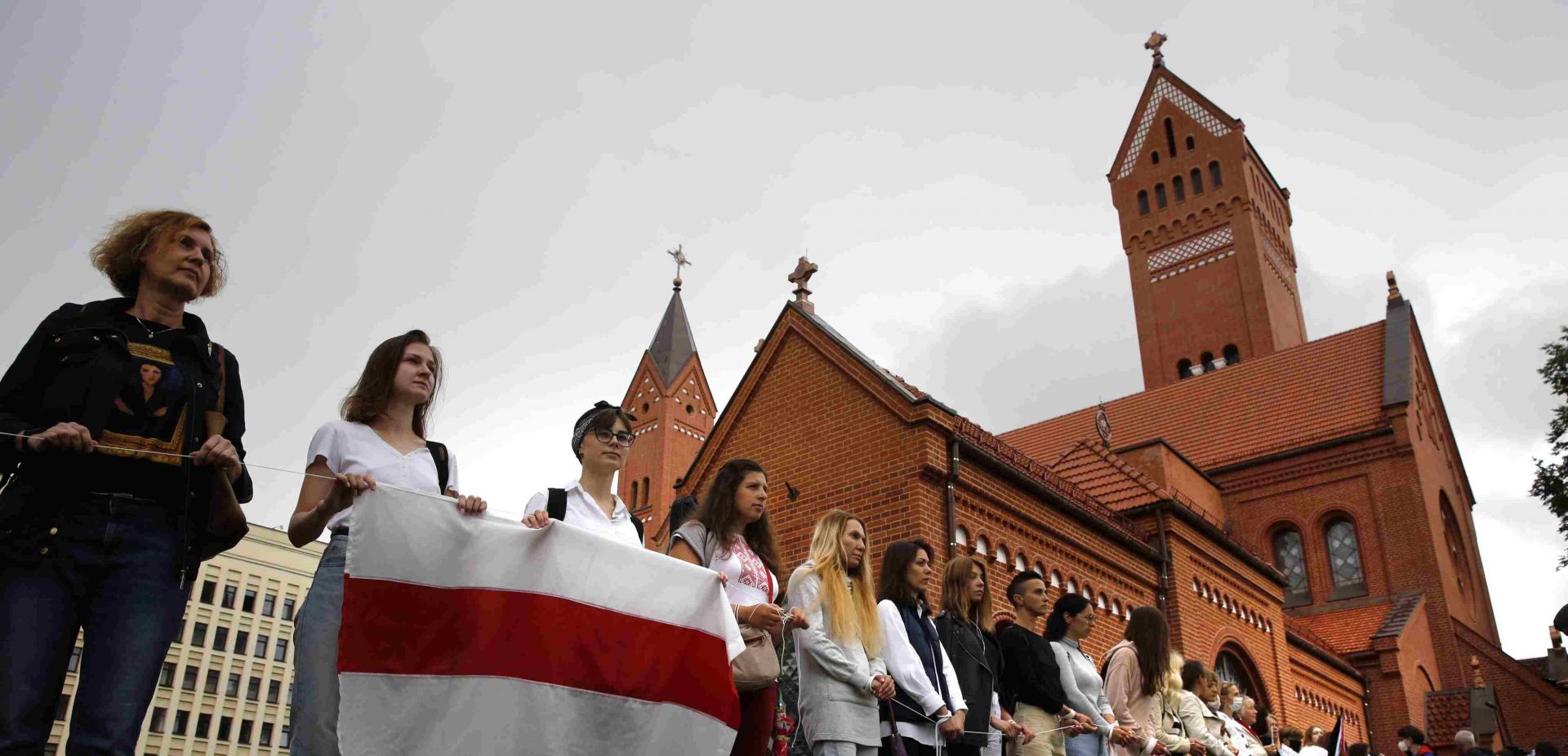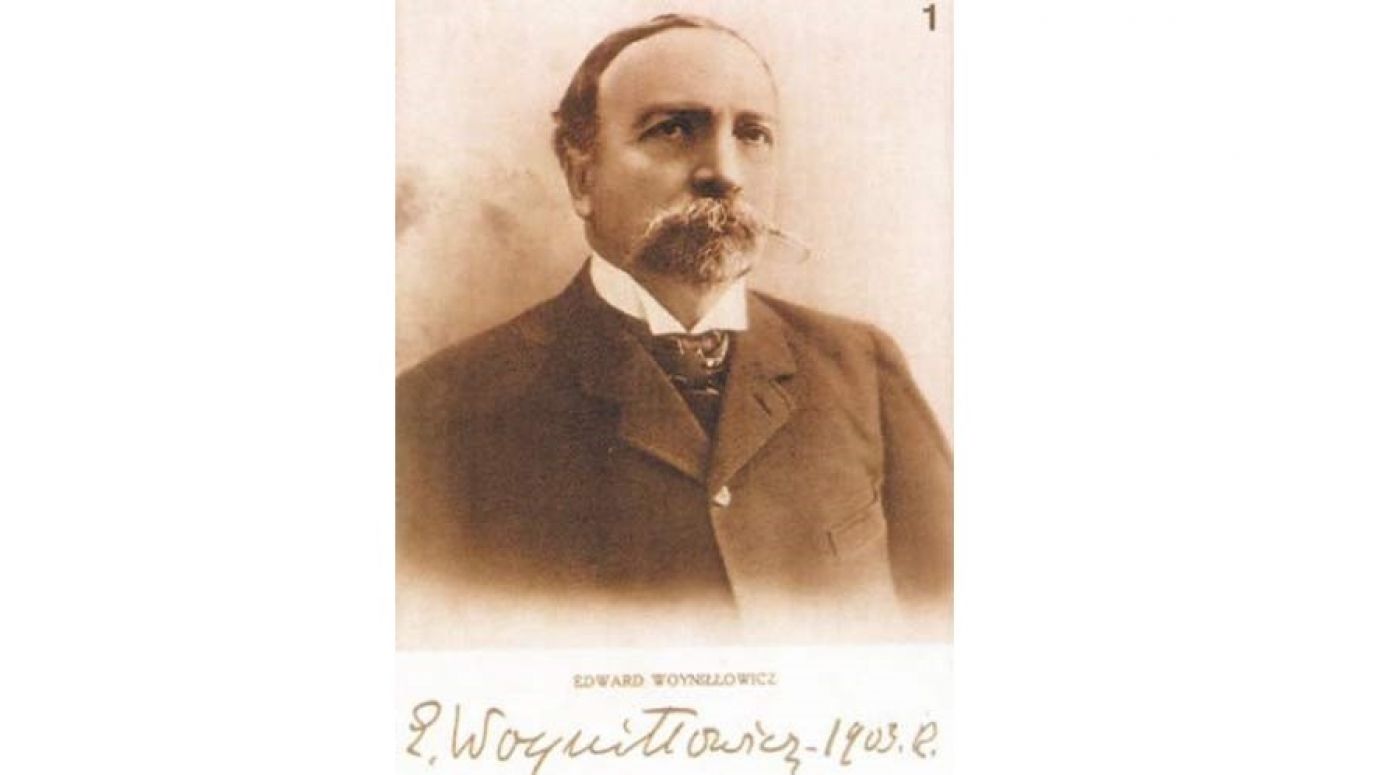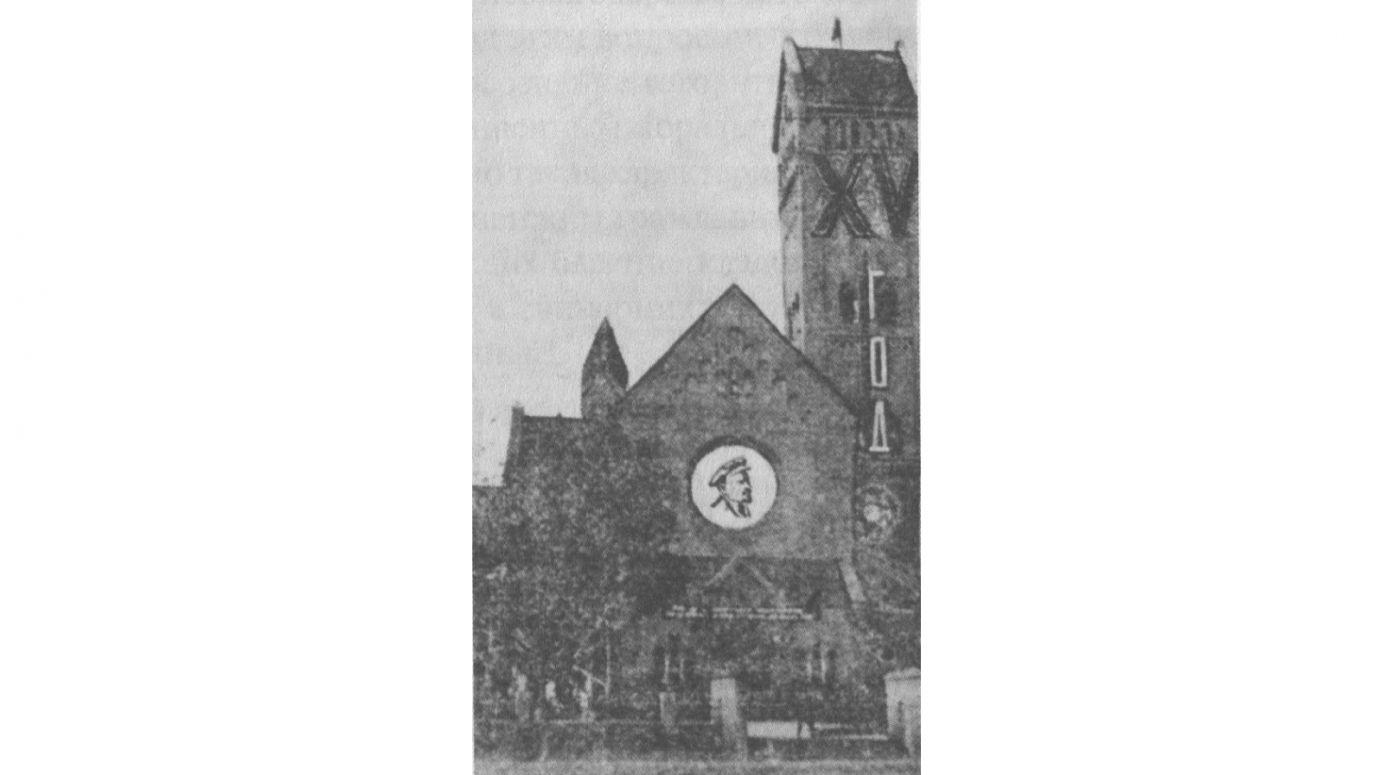A year ago, this information would have electrified the media. In the fall of 2022, in the face of successive offensives on the Dnieper, gas pipeline explosions and in the shadow of nuclear warheads, reports from Minsk pass by almost unnoticed. Perhaps more will be heard about them in a few days, when the Belarusian police begins to forcefully throw the faithful, relics and holy images onto the asphalt of Independence Square?
And yet, the events taking place these days are just as groundbreaking as they are meaningful. On Thursday, October 6, 2022, the city authorities terminated the Church of Saints Simon and Helena’s lease agreement, effective immediately. According to information from the curia, the parish was given “two or three days to retrieve its movable property from the building.”
This parish has experienced a heavy fate. The “Red Church,” one of Minsk’s most iconic buildings, has only stood in the city center since 1910 – since then it has already been secularized twice. In 1932, a canvas with Lenin’s gigantic head was even hung in its rosette. What else awaits the easternmost Romanesque church in Europe?
Unknown Perpetrators Back in Action
Meanwhile, the events of recent days have been arranged in a sequence that the authors of second-rate sensational novels would be proud of.
The attack by unknown perpetrators took place a week ago, on the night of September 25-26. The glass in the rectory building (not the church!), covered with a decorative lattice, was smashed with great force (it was a stained glass window in strong metal frames) and with precision; enough solvent was poured through a nearly round opening to set a kneeler a few steps away from the window ablaze.
 SIGN UP TO OUR PAGE
SIGN UP TO OUR PAGE 
The crash and smoke alerted a woman on duty in the parish building; a few minutes later, not only the fire brigade arrived, but also the police, a representative of the prosecutor’s office and an OMON unit appeared on the scene. Already on September 30, the Commission for Emergency Situations of the Ministry of the Interior of Belarus issued a ban on the use of the building. Although the fire brigade extinguished the fire with water, in the opinion of the Commission, there was no arson but rather a “short circuit of alarm systems” and fire detectors. Simultaneously, the church was closed: first “until the remaining water was removed after the fire was extinguished” (!), then – until the alarm systems were repaired. However, it was a unilateral decision – neither the curia nor the parish leaders were contacted.

 SIGN UP TO OUR PAGE
SIGN UP TO OUR PAGE 







